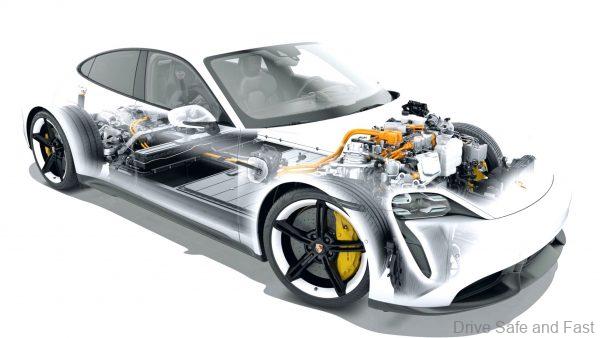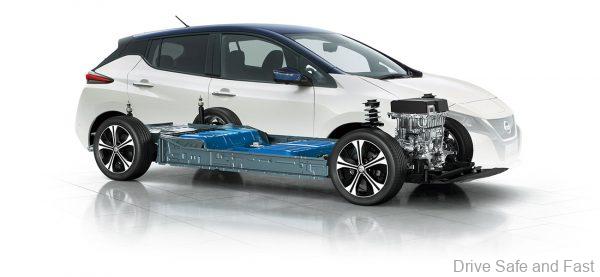Our Kids Will Not Miss Petrol Engines Like Us
Petrol Engines Are Overdue For A Disruption.
For all you combustion engine lovers reading this, please note that, like it or not, emission free motoring powered by battery, hydrogen or fuel cell is coming in a big way and the production of petrol engines will see a total retirement in the coming 15-20 years’ time.
If you are planning to hold on to your classic petrol or diesel powered vehicle, do not be worried as the big oil giants will continue to pump, refine and sell petrol and diesel for many years to come. So you will still be able to drive around and smell your exhaust fumes.
Meanwhile, petrol powered engines do not appear to be completely disappearing, especially in ASEAN.

So, How Does A Petrol Engine Work?
A four stroke engine is an internal combustion engine powered by fossil fuel. Most modern internal combustion-powered vehicles are four strokes, powered by either petrol or diesel fuel.
During engine operation, pistons go through four events to achieve each power cycle. The definition of an event is an up or down piston motion. Upon completion of the four events, the cycle is complete and ready to begin again.

What are the four events?
- Intake stroke: The piston moves downward to the bottom; this increases the volume to allow a fuel-air mixture to enter the chamber.
- Compression stroke: The intake valve is closed, and the piston moves up the chamber to the top. This compresses the fuel-air mixture. At the end of this stroke, a spark plug provides the compressed fuel with the activation energy required to begin combustion.
- Power Stroke: As the fuel reaches the end of it’s combustion, the heat released from combusting hydrocarbons increases the pressure which causes the gas to push down on the piston and create the power output.
- Exhaust stroke: As the piston reaches the bottom, the exhaust valve opens. The remaining exhaust gas is pushed out by the piston as it moves back upwards.

So How Does An Electric Car Work?
Electric cars come with very few moving parts. Electric cars function by plugging into a charge point and taking electricity from the power grid (Tenaga Nasional). They store the electricity in rechargeable batteries (under the passenger compartment) that power an electric motor, which turns the wheels. Electric cars accelerate faster than vehicles with petrol driven engines, this is why they feel lighter to drive.
Electric cars use as much as 96 percent of the energy they consume into energy to move. They produce less wasted heat, and can produce emission-free power.
The added bonus of a car powered with an electric motor is its nearly flat torque curve which means it does not need a complicated multi-geared gearbox to drive the power. This assist in reducing cost and boosting efficiency at the same time.

Combustion engines usually need to spin at several thousand revolutions per minute (rpm) to produce peak torque, but electric engines burst into maximum torque the moment the shaft turns. This is why electric cars and hybrids provide a very quick acceleration time from standstill and it is the biggest selling point on a test drive for the first timer.
So, it looks like the demise of the piston engine is on it was, not that soon, not in our lifetime we believe, but it is due for retirement in stages around the world.
